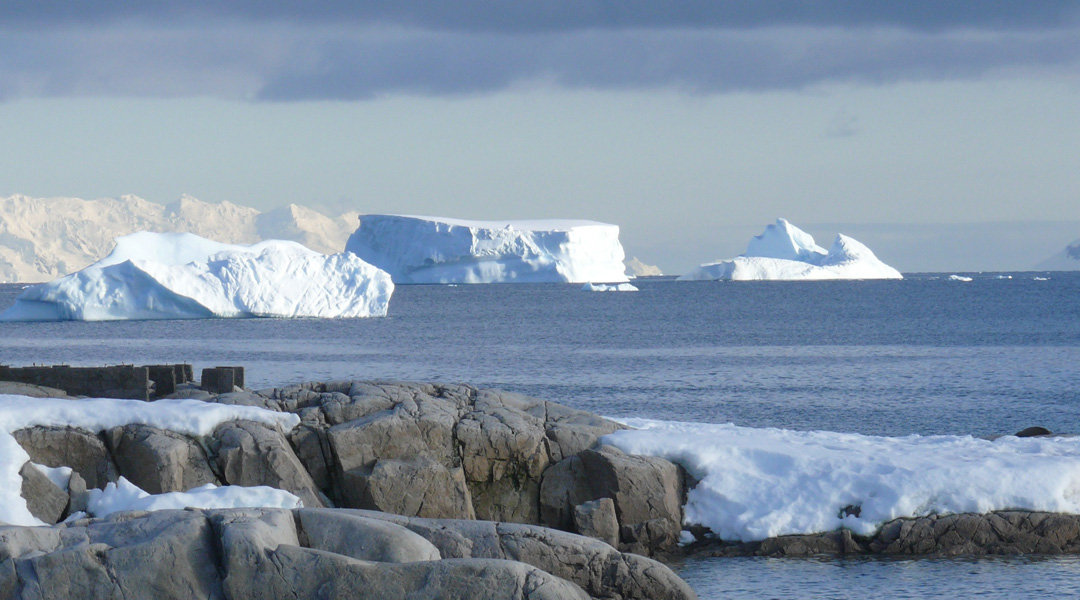Antarctica, a land synonymous with ice, frost, and desolation, is often perceived as an inhospitable place where life struggles to survive. The idea of flowers blooming in such a harsh environment seems almost fantastical. Yet, recent studies and explorations reveal a surprising truth: under the right conditions, flowers can indeed bloom in the coldest and most remote continent on Earth. This phenomenon not only challenges our understanding of plant resilience but also underscores the remarkable adaptability of life in extreme conditions.
The Enigma of Antarctic Flora
Antarctica is the driest, windiest, and coldest continent on the planet, characterized by its vast ice sheets and perpetual snow cover. Traditional wisdom suggests that such an environment would be incapable of sustaining complex life forms like flowering plants. However, this narrative is beginning to shift as scientists uncover the hidden potential of this icy land.
Antarctica’s native flora is surprisingly diverse, though it is not what one might expect. The continent is home to a modest number of plant species, including mosses, lichens, and algae. Of particular interest are two flowering plants that have managed to carve out a niche in this unforgiving landscape: the Antarctic hairgrass (Deschampsia antarctica) and the Antarctic pearlwort (Colobanthus quitensis). These hardy species are the only true flowering plants found in Antarctica, and their presence marks a significant ecological milestone.
Surviving the Cold: Adaptations and Mechanisms
The ability of these Antarctic plants to survive and even flourish in such extreme conditions is a testament to their extraordinary adaptations. Both Deschampsia antarctica and Colobanthus quitensis have evolved unique strategies to withstand the continent’s cold temperatures and long periods of darkness.
- Cold Tolerance: These plants possess antifreeze proteins that prevent ice crystal formation within their tissues, thus avoiding cell damage. This adaptation is crucial for surviving the freezing temperatures that can plunge well below freezing.
- Short Growth Cycles: The plants have adapted to the brief Antarctic summer, which lasts only a few weeks. They have accelerated growth cycles, allowing them to complete their life processes quickly before the return of the harsh winter conditions.
- Low Growth Form: Both species tend to grow close to the ground, minimizing exposure to the harsh winds and reducing the risk of physical damage. This compact growth form also helps them take advantage of the limited soil and moisture available.
- Resilient Reproduction: Despite the extreme conditions, these plants are capable of reproducing through seeds and vegetative means. They have adapted their reproductive strategies to ensure survival even in the face of environmental stressors.
Ecological Impact and Scientific Significance
The existence of flowering plants in Antarctica holds profound implications for our understanding of plant biology and ecology. These plants play a crucial role in their ecosystem, contributing to soil formation and providing a food source for various microorganisms. Their presence also indicates that even in extreme environments, life can find a way to thrive.
From a scientific perspective, studying these resilient plants offers insights into the mechanisms of plant adaptation and survival. Researchers are particularly interested in understanding how these plants manage to cope with extreme cold, as this knowledge could have broader implications for agriculture and climate science. For instance, the antifreeze proteins and other adaptations found in Antarctic plants might be used to enhance the resilience of crops in other harsh environments.
Moreover, the study of Antarctic flora helps scientists predict how climate change might impact polar ecosystems. As global temperatures rise, the dynamics of these ecosystems may shift, potentially altering the distribution and behavior of plant species. Understanding the current adaptations of Antarctic plants can provide valuable information for anticipating and managing these changes.
The Future of Antarctic Flora
The future of flowering, plants in Antarctica is intertwined with the broader issue of climate change. While the current state of Antarctic flora is a testament to their remarkable adaptability, the rapidly changing climate poses a significant threat to these delicate ecosystems. Warming temperatures could lead to shifts in the distribution of plant species, potentially disrupting the balance of this unique environment.
Conservation efforts are crucial to ensuring the continued survival of Antarctic flora. Monitoring the health of these plants and understanding their responses to environmental changes will be essential in preserving the delicate ecological balance of the continent.
In conclusion, the blooming of flowers in Antarctica is more than just a botanical curiosity; it is a symbol of the resilience of life in the face of adversity. The Antarctic hairgrass and pearlwort represent the remarkable adaptability of plants and offer valuable insights into the potential for life to thrive in even the most extreme conditions. As scientists continue to explore and study these resilient species, we gain a deeper appreciation for the complexity and adaptability of life on our planet, as well as a renewed sense of hope for the future of our planet’s most remote and challenging environments.



